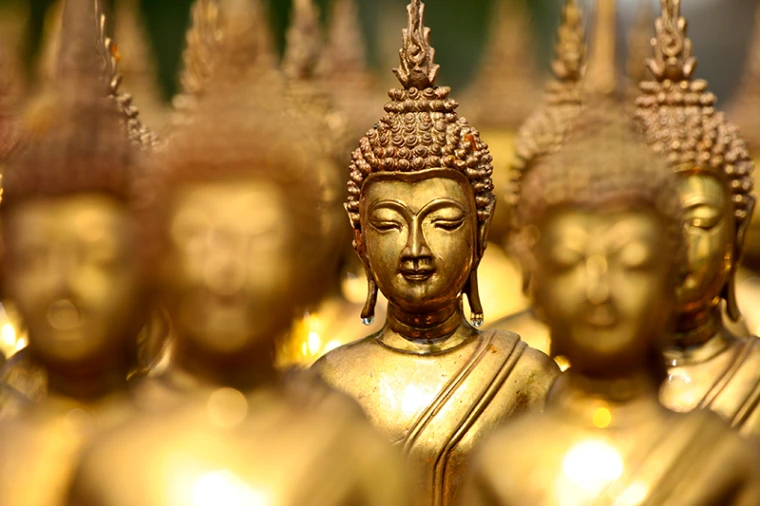In this lecture, I will examine the materiality of the Great Stupa at Sanchi in order to show how the imagery of the stupa articulates a rhetoric of dynamic Buddhist life and thought. Particularly, I will demonstrate that the imagery displayed on the gates of the site reproduce the sumptuousness of royal life and the violence that is inherent in the royal lifestyle. This is contrasted with the ethical ideals embodied in the Buddha and his remains that are housed in the heart of the stupa. Finally, I will suggest that these two ways of being Buddhist in the world are mediated through the narratives of the Jatakas that contain much of the vivid imagery outside the stupa and through space both providing a means to bridge the beauty and violence of “this world” to the goals of the Buddhist teachings.
Caleb Simmons, Religious Studies University of Arizona
Dr. Caleb Simmons (Ph.D. in Religion, University of Florida) specializes in religion in South Asia, especially Hinduism. His research specialties span religion and state-formation in medieval and colonial India to contemporary transnational aspects of Hinduism. His book Devotional Sovereignty: Kingship and Religion in India, 1782-1868, Oxford University Press, forthcoming, examines how the late early modern/early colonial court of Mysore reenvisioned notions of kingship, territory, and religion, especially its articulations through devotion. He is currently working on a second monograph, Singing the Goddess into Place: Folksongs, Myth, and Situated Knowledge in Mysore, India that examines popular local folksongs that tell the mythology of Mysore’s Chamundeshwari and her consort Nanjundeshwara.


